Horror Franchises You Totally Forgot Had TV Spinoffs

A number of big-screen horror movies have delivered audiences such a wealth of mythology that filmmakers have been able to find ways to reimagine and reinvent core components of a premise to make for an exciting TV series. Whether it be a precursor to Psycho like the five-season drama Bates Motel, a hilariously comedic expansion like the sitcom What We Do in the Shadows, or a longform deep dive into supernatural lore like Buffy the Vampire Slayer, some programs’ popularity has even rivaled the popularity of the source material. Sadly, many of these attempts at expansion have fallen entirely flat, as many audiences have entirely forgotten they existed.
Videos by ComicBook.com
It’s worth noting, however, that some short-lived horror series continue to hold an important piece of fans’ hearts, as projects like the three-season Hannibal and the two-season The Exorcist won over even the most dubious of horror fans, though failed to win over enough general viewers to earn renewals. These examples are exceptions to the rule, though, as many TV spinoffs failed to replicate what made the source material so special.
Freddy’s Nightmares
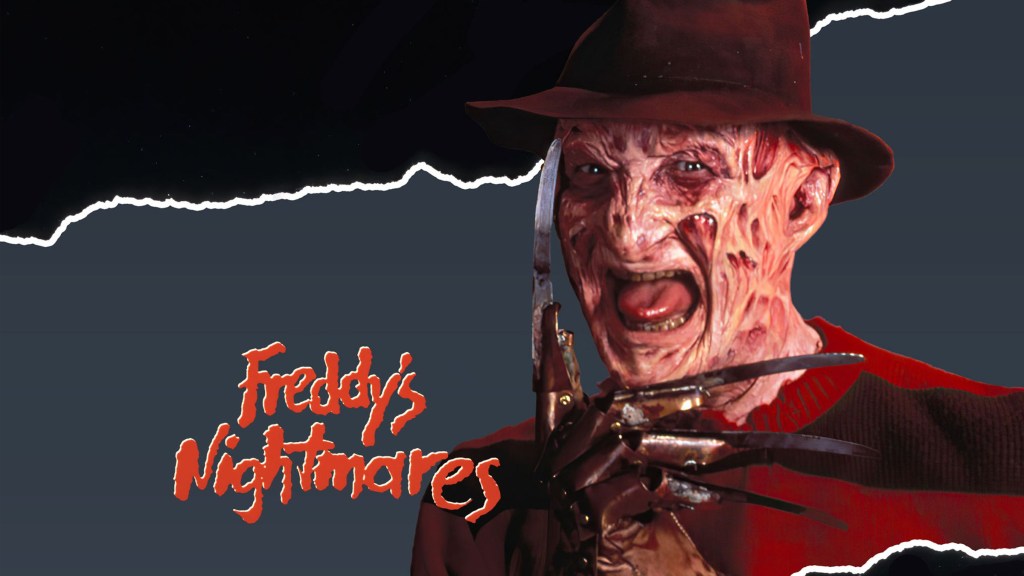
Debuting the same year as A Nightmare on Elm Street 4: The Dream Master, Freddy’s Nightmares was an anthology series that ran for two seasons. While the cinematic series followed the exploits of Robert Englund’s Freddy Krueger targeting the teens of Springwood, Ohio in retribution for parents in the community burning him to death, the TV series instead told various isolated stories covering all manner of terrifying subjects. The connective tissue between the franchise was that Englund reprised Krueger to serve as a horror host introducing each episode, as the premise claimed that each episode was a different nightmare from a teen in Springwood.
Even though fans were disappointed that Krueger wasn’t a key component of each episode, this format was a relatively authentic extension of the movies. The first episode of the series even somewhat served as a prequel to the whole franchise, as it depicted the trial of Krueger and confirmed how he was able to evade imprisonment due to a legal technicality. Still, even with the series having its fans, it’s been difficult to track down to either stream or purchase on physical media, and with so many horror anthologies airing in the ’80s and ’90s, Freddy’s Nightmares hasn’t earned as much of a legacy as the film series.
Friday the 13th: The Series

Speaking of how many horror anthologies were airing on TV in the late ’80s, Friday the 13th made the pivot to the small screen before Freddy Krueger did it, giving us three seasons of Friday the 13th: The Series. Despite earning one more season than Freddy’s Nightmares, Friday the 13th: The Series has even less of a connection to its namesake, even though it is considered an official part of the franchise.
The Friday the 13th films are defined by the supernaturally powered Jason Voorhees (who didn’t kill until the second movie and didn’t get his iconic hockey mask until the third movie) killing off coeds who make the mistake of getting too close to Crystal Lake, where he drowned as a young boy. The Series, however, was about an antique store full of cursed items, with the owners trying to track down these relics. Friday the 13th: The Series was also a difficult program to track down in the age of streaming, but given how little it has to do with its namesake, it might be for the best that this show has largely vanished from public memory. A new attempt at exploring Friday the 13th on the small screen is on the way, with the Peacock series Crystal Lake seemingly set to connect more directly with the slasher franchise, though details of the storyline have largely been kept under wraps.
Poltergeist: The Legacy
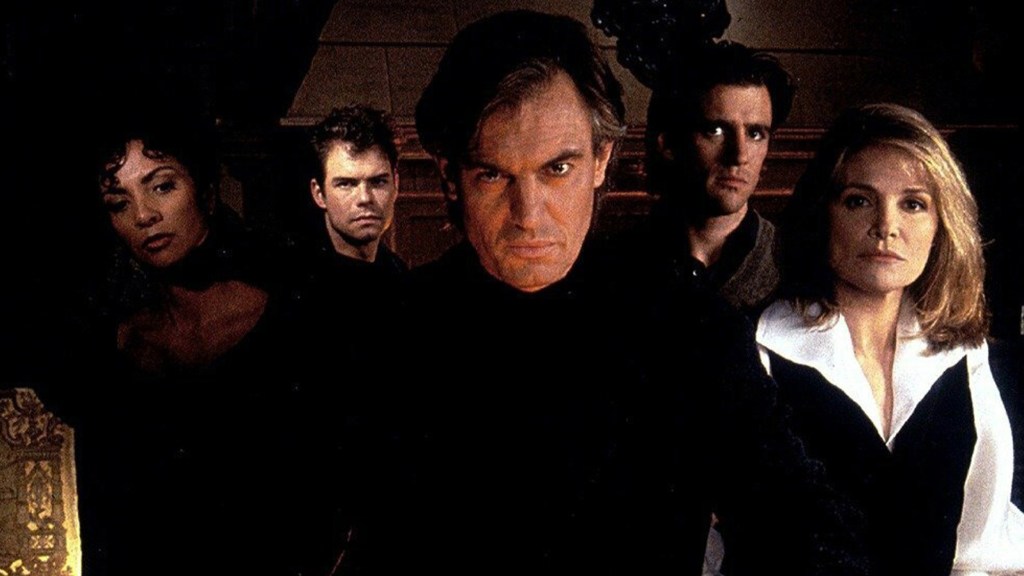
Tobe Hooper’s 1982 movie Poltergeist is considered a seminal entry into the haunted house subgenre, understandably earning two follow-up films and a remake in 2015. In the late ’90s, Showtime also delivered audiences three seasons of Poltergeist: The Legacy, which then pivoted to the Sci-Fi Channel for Season 4.
Instead of focusing on the victims of supernatural hauntings, The Legacy focused on the investigators who were tasked with getting to the bottom of what was causing these otherworldly occurrences. Given that the 2000s saw a boom in reality TV series focusing on paranormal investigators, Poltergeist: The Legacy feels a bit ahead of its time, with the reported current plans for the franchise also being to develop a TV series.
Tremors
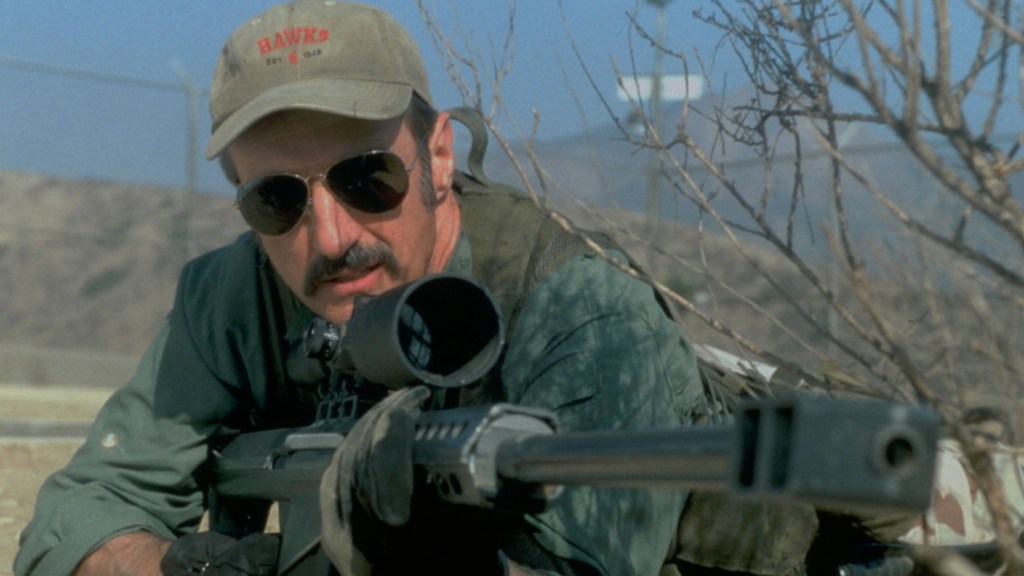
The Sci-Fi Channel (currently known as SYFY) helped a number of unsung franchises thrive, delivering fans various entries in the Stargate series, Battlestar Galactica, and Van Helsing, with one of their earlier efforts being the Tremors TV series.
The original 1990 Tremors, in which a small desert community is targeted by massive underground worms known as Graboids, has since become a cult-classic monster movie, though it initially earned an underwhelming reception. The massive potential of the concept did result in two straight-to-video sequels, with the 2003 Tremors TV series serving as a sequel to the third movie.
Initial episodes earned huge numbers for Sci-Fi, only for interest to wane with each new episode. Tremors was ultimately cancelled due to lack of audience interest and the cost of the production. Also complicating the release is that the series was broadcast with episodes out of chronological order. In 2017, a new Tremors TV show was announced, which brought back original star Kevin Bacon, though SYFY opted not to pick up the series based solely on the pilot episode, which has never earned an official release.
Scream: The TV Series
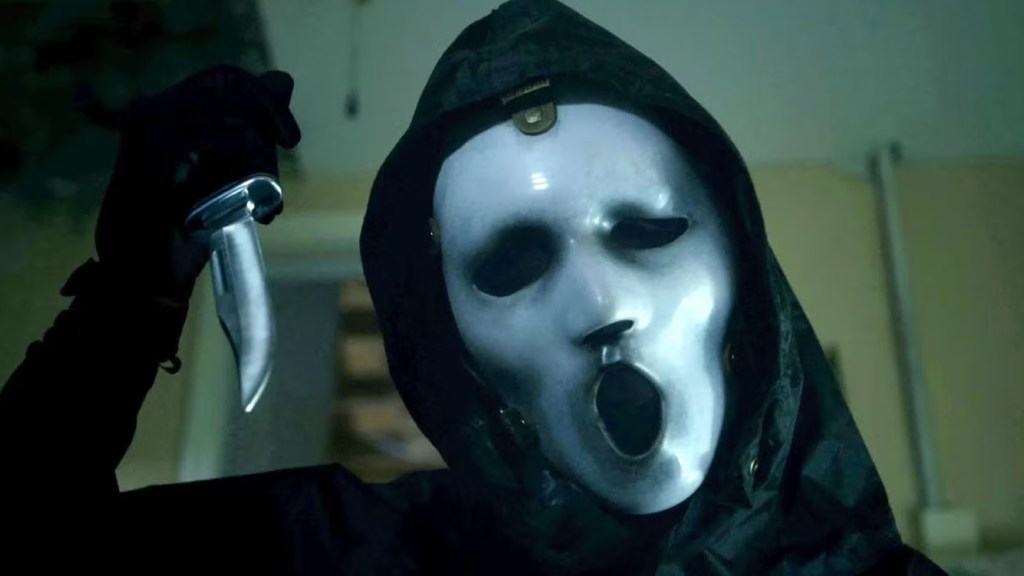
Scream 4 was the last movie in the slasher series that Wes Craven directed, though he did serve as a producer on MTV’s Scream: The TV Series, which debuted shortly after the filmmaker’s death in 2015. Instead of being a reboot or sequel to the story of Sidney Prescott being hunted by various villains in Ghostface masks, Scream: The TV Series took the concept of a serial killer targeting teens in a suburban town and the tone of dark comedy and self-awareness for an all-new experience.
Scream: The TV Series does have its fans, especially due to its Craven connection, but the main reason the project was forgotten was the difficulty fans had in keeping track of its release. The first two seasons aired on MTV, with broadcasts sandwiched between shows about teenaged parents and funny internet videos, culminating in a two-hour Halloween special in 2016. A third season was announced in 2017, which would be a reboot of the concept that directly borrowed the screen-accurate Ghostface disguise, with the six-episode third season ultimately airing on VH1 in 2019. Since then, Scream: The TV Series has sporadically come and gone from streaming platforms, but as the cinematic series has been revived, the TV expansion grows even more overlooked.
From Dusk till Dawn: The Series
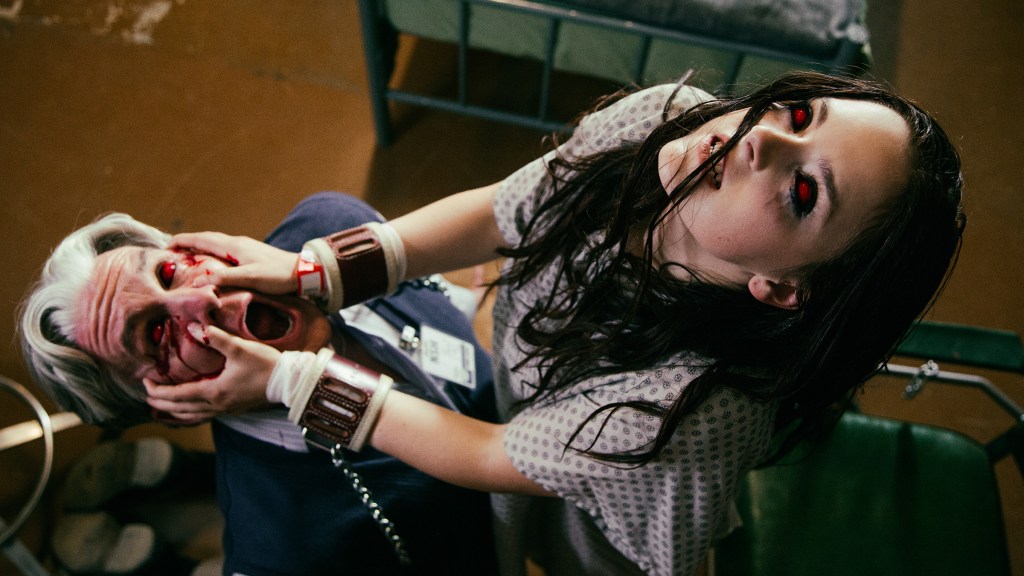
Much like Scream: The TV Series, one of the biggest challenges faced by From Dusk till Dawn: The Series is its failure to make an impact with audiences due to its release strategy.
The Robert Rodriguez-directed From Dusk till Dawn hit theaters in 1996 and failed to make much of an impact on audiences or critics. Horror fans, though, appreciated the vampire-themed horror and the project’s sense of humor, earning the movie two follow-up installments that went straight to video. From Dusk till Dawn: The Series was a reimagining of the premise, following the exploits of the Gecko brothers and their unexpected encounters with monstrous characters.
The series debuted on Rodriguez’s El Rey network in 2014, earning a total of three seasons. The network struggled to compete with the streaming age of the late 2010s and closed in 2020. The network’s content, including From Dusk till Dawn: The Series, has become available on various streaming services and FAST channels.
Damien

The Omen is a seminal entry into the world of demonic terror, earning three sequels and then a remake in 2006. Much like the recent trend of iconic horror movies getting follow-up films that serve as direct sequels that ignore the events of its predecessors, the series Damien focused on a grown-up Damien who had no memory of the supernatural events that surroundined him as a child.
Initially ordered by Lifetime, Damien would ultimately premiere on A&E in 2016, and despite the network having success with Bates Motel, this The Omen continuation failed to garner much interest from audiences and only lasted a single season.
Clarice
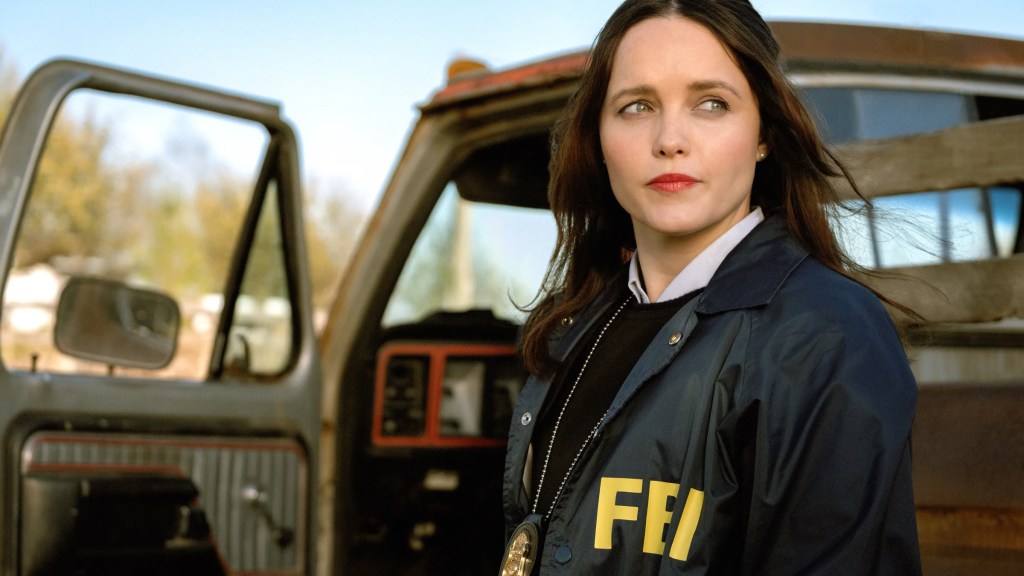
Audiences first met the frightening Hannibal Lecter in 1986’s Manhunter, where he was played by Brian Cox in the adaptation of Thomas Harris’s novel Red Dragon. It was Anthony Hopkins who really cemented the legacy of the character in The Silence of the Lambs, where he played a frightening game of mental chess against FBI Agent Clarice Starling, played by Jodie Foster.
Seemingly hoping to replicate what made Bryan Fuller’s Hannibal work for three seasons, Clarice starred Rebecca Breeds as the titular character in a story that took place between the events of Silence of the Lambs and the 2001 sequel Hannibal. Clarice originally ran on CBS in 2021, but failed to make an impact on critics or audiences and, despite being considered a project that could be moved to Paramount+, was eventually abandoned.
The Purge
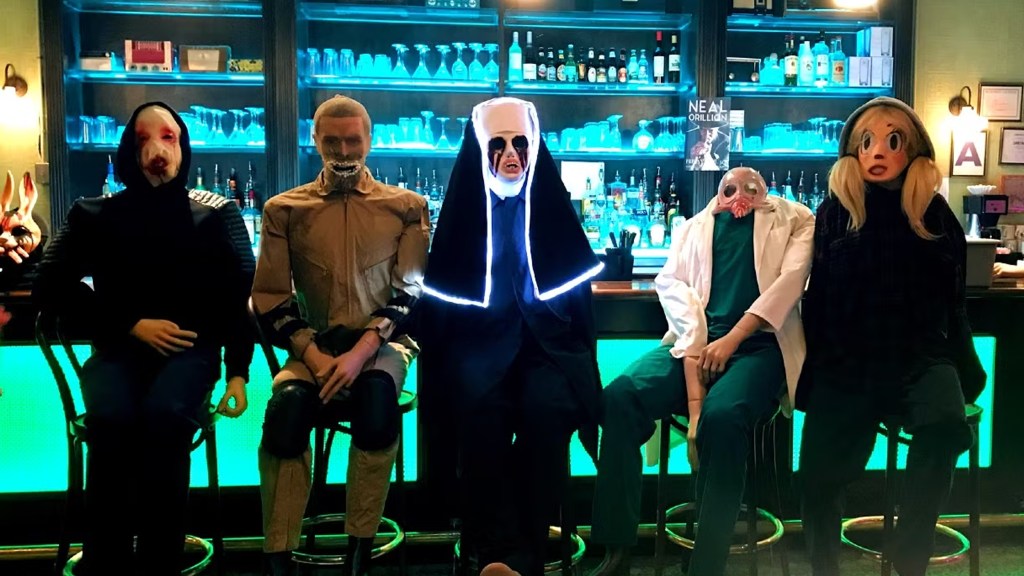
After the debut of the series in 2013, Blumhouse’s The Purge franchise has become a staple of pop culture. Not only have all five films resonated with audiences, but the core concept of a 12-hour period in which violent crimes are legal has been referenced in a variety of places.
Hoping to capitalize on the franchise’s popularity, USA delivered two seasons of The Purge TV show starting in 2018. Whereas each movie and their limited run times would chronicle the events of the annual Purge, each season of the TV show could explore the time leading up to and after the event. Based on reactions from critics and audiences, spending more time in this world outside of those 12 hours isn’t exactly what was appealing, with the project being cancelled in 2020.
I Know What You Did Last Summer
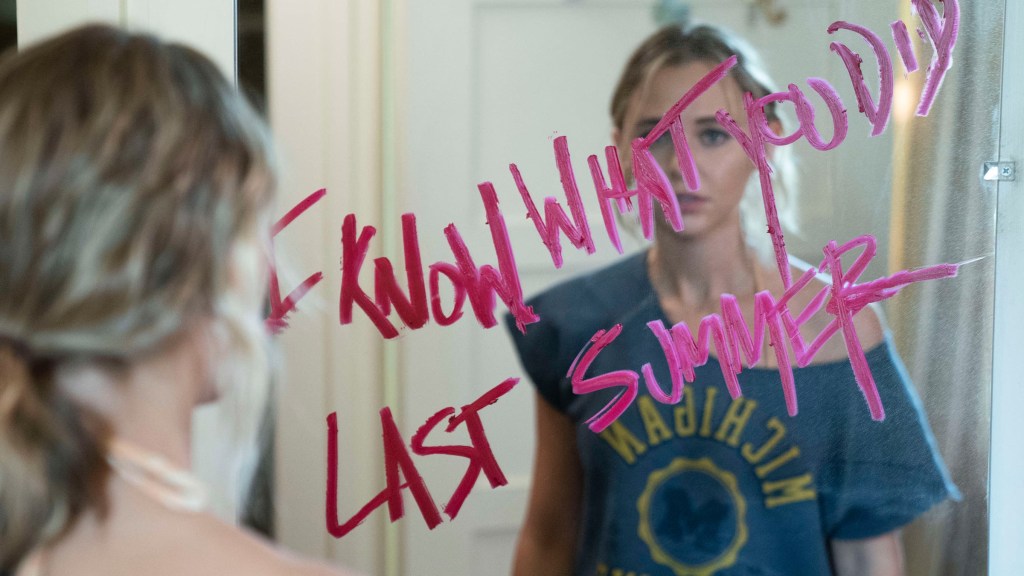
Lois Duncan’s 1973 novel of the same name was adapted into a 1997 film and, more than being known for the merits of its story, served as a chance to bring together some of the hottest young stars of the late ’90s for a slasher. The first I Know What You Did Last Summer earned one theatrical sequel in 1998 and a direct-to-video sequel in 2006 that was largely disconnected from its predecessors, but 2021 brought a TV series adaptation of the story.
The original story follows a group of friends who accidentally hit a man with their car in the middle of the night on a desolate road, deciding to dump the body and keep the secret. A year later, their secret is being exposed by a mysterious individual. In Prime Video’s TV series, a group of friends similarly hit someone with their car, though this version included twins in the group of friends — Madison Iseman playing Alison and Lennon — with the friends striking and killing who they believe to be Lennon. The twist, however, is that the friends mistook Lennon for Alison and it was actually Alison who was killed while Lennon assumed her sister’s identity.
I Know What You Did Last Summer was cancelled three months after it was released.
Day of the Dead
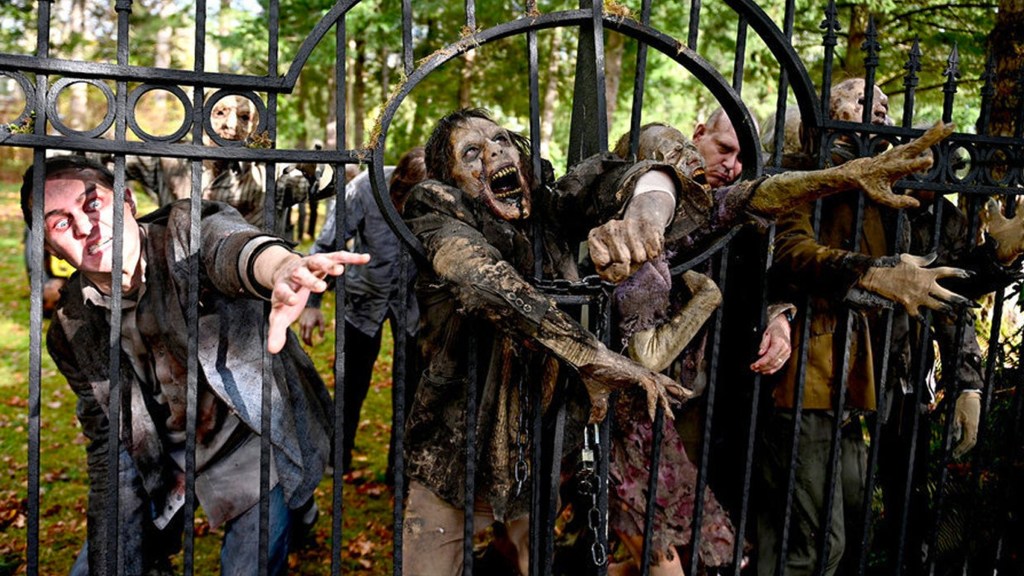
George A. Romero’s Night of the Living Dead is inarguably the defining zombie movie in all of cinema, setting the stage for all subsequent entries in the subgenre. His franchise’s legacy is a bit complicated, though, based on various reboots, remakes, and sequels.
Take, for example, SYFY’s 2021 series Day of the Dead. Romero’s 1985 Day of the Dead was the third movie in his Dead series, exploring a group of military members and researchers trying to uncover what’s really going on with reanimated corpses. The SYFY series, on the other hand, went a bit more literal with the title and explored the first 24 hours of a zombie infestation. The overall tone of the series falls more in line with Return of the Living Dead, itself an unofficial sequel to Romero’s original 1968 film, with Day of the Dead being a spinoff in name only and lasting only one season.
Let the Right One In
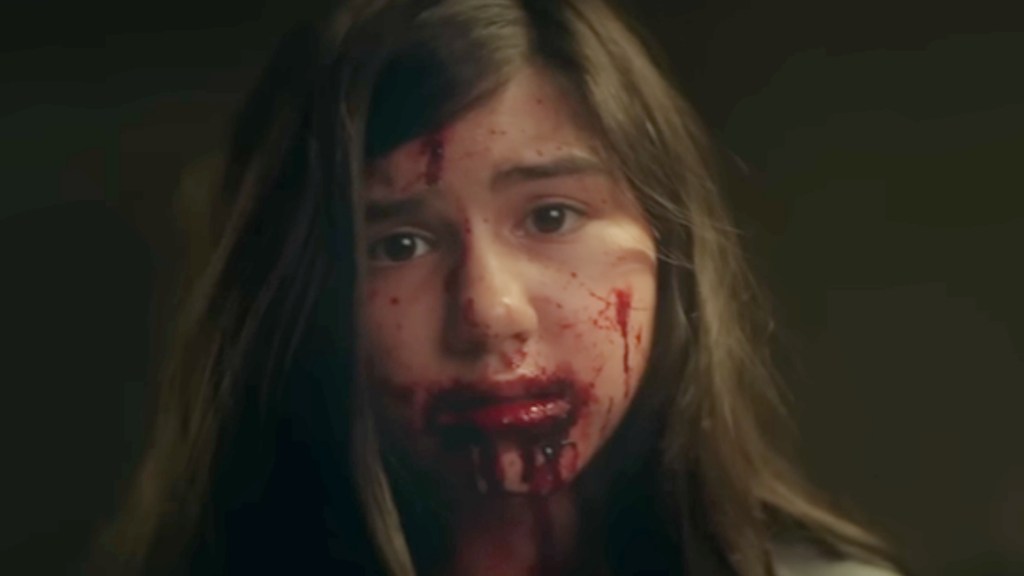
Author John Ajvide Lindqvist’s novel Låt den rätte komma in, translated to Let the Right One In, was first adapted into a Swedish film in 2008. As was the popular trend at the time, the success of this vampiric love story between adolescents was then turned into an English-language movie in 2010, known as Let Me In.
Proving just how compelling the concept is, the story was turned into a series on Showtime in 2022 and starred Demián Bichir as a father who cares for his vampire daughter, who appears as a 12-year-old girl. While previous incarnations of the story saw this parental figure finding victims for the vampire, this iteration saw this father attempting to find a cure for his daughter’s curse.
The Season 1 finale of Let the Right One In aired Showtime in December of 2022 and the series was cancelled in January 2023.
Honorable Mention: Mockingbird Lane
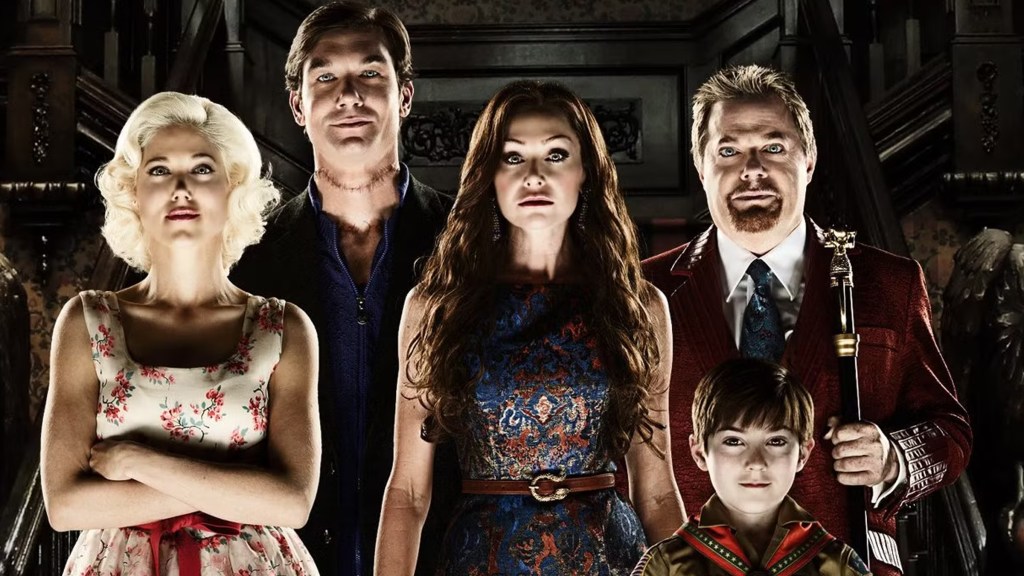
The Munsters has been a beloved brand among horror fans for decades, though unlike The Addams Family, the series hasn’t earned quite as much success in the cinematic realm, making it something of an outlier when it comes to discussing horror movie franchises that pivoted to TV.
Even if The Munsters isn’t a horror movie franchise, many fans have forgotten it nearly got a revival in 2012. Before Bryan Fuller found success with Hannibal, he developed a new take on The Munsters which starred Jerry O’Connell as Herman Munster, Portia de Rossi as Lily Munster, and Eddie Izzard as Grandpa.
Mockingbird Lane earned a pilot, which aired as a Halloween special on NBC leading into a Halloween-themed episode of Grimm. Due to the poor ratings earned by Mockingbird Lane, NBC opted not to move forward with a full season, making the sole episode of the series quite difficult to find online.
What are your favorite forgotten horror movie spinoffs? Let us know in the comments below or contact Patrick Cavanaugh directly on Twitter or on Instagram to talk all things Star Wars and horror!




